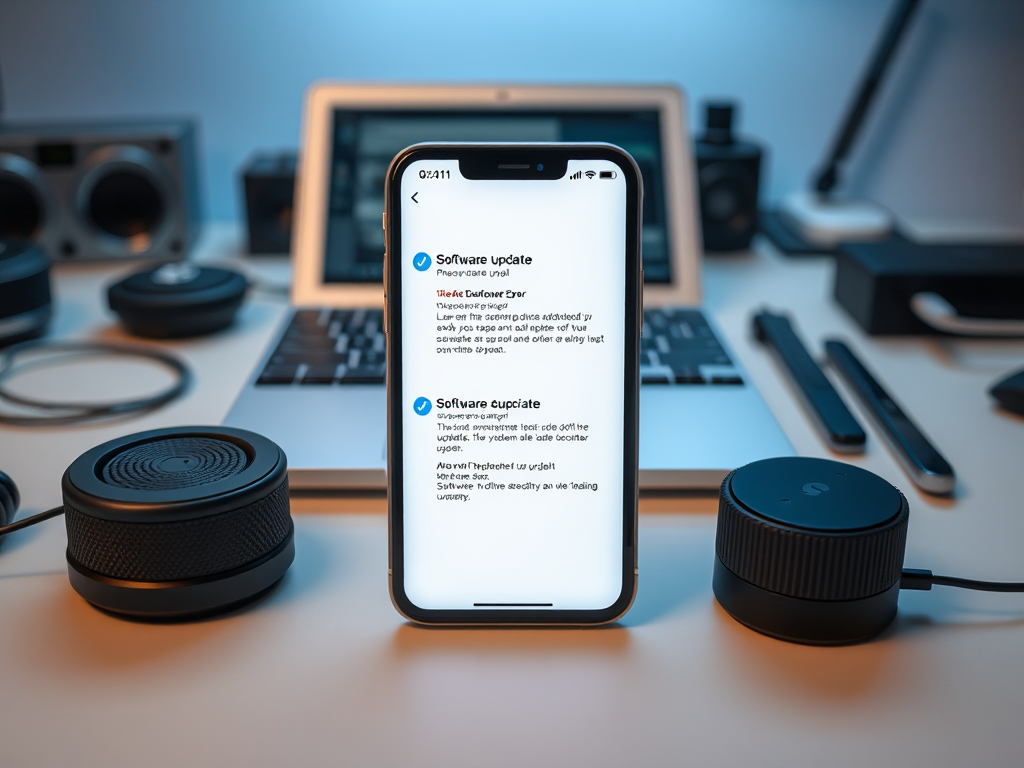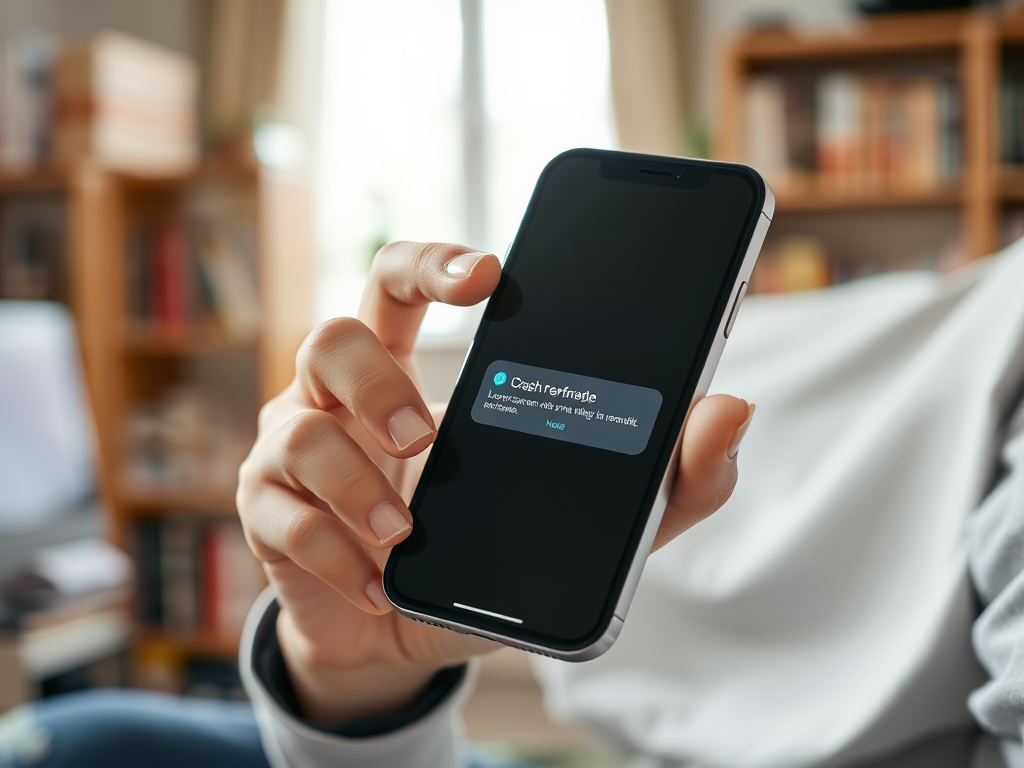In our fast-paced digital era, owning an iPhone is more than just a status symbol; it’s a pivotal part of our daily routine. With cutting-edge features and a user-friendly interface, these devices promise seamless integration into our lives. However, like any technology, they are not immune to various software-related issues that can disrupt our experience. Understanding and addressing these common problems not only enhances usability but also allows individuals to fully leverage their device’s potential. From unexpected app crashes to frustrating update failures, this article will take you on a detailed journey into the challenges that iPhone users often face. Let’s delve deeper into these issues and uncover effective solutions to bring back the smooth functionality you expect from your device.
Frequent Software Glitches

Software glitches can arise in countless forms, often when you least expect them. Users may experience anything from unresponsive applications to sudden system freezes. These glitches can create significant interruptions, especially when accessing important apps for calls, messages, or work-related tasks. While they can appear frustrating, understanding the underlying causes of these glitches can empower users with the knowledge needed to troubleshoot effectively. Also, identifying these glitches early can prevent larger issues down the line. Awareness is half the battle when it comes to maintaining your device’s performance.
It’s essential to recognize the signs of software glitches to tackle them promptly. Here are some indicators that your iPhone might be experiencing software issues:
- Apps suddenly crash without warning.
- The device freezes during normal use.
- Error messages related to system functionality.
- Delays in response time when interacting with your device.
- Unexpected reboots that disrupt your activities.
Update Failures and Compatibility Issues

Regular software updates are critical for maintaining an iPhone’s performance. These updates not only fix bugs but also patch vulnerabilities, making them essential for security. Unfortunately, issues can arise during this process, leading to update failures that can leave users scrambling for solutions. Often, users encounter error messages that prevent the installation from completing. This situation can be especially concerning for those who rely on specific applications for daily tasks. Being prepared and informed about how to handle these failures can save a lot of time and frustration, allowing users to get back to enjoying their devices with minimal hassle.
Here are several effective troubleshooting steps you can take to resolve update failures:
- Restart your iPhone before attempting the update again.
- Make sure you are connected to a stable Wi-Fi network.
- Verify that there is sufficient storage space on your device.
- Check Apple’s server status to ensure there are no widespread issues.
| Common Update Errors | Description |
|---|---|
| 404 Error | The update file may not be available or may not have downloaded correctly. |
| iPhone Update Failed | Your device could not verify the update file due to instability. |
| Insufficient Storage | There isn’t enough space on your device to download the update. |
App Crashes and Performance Issues
App crashes can occur unexpectedly and are among the most frustrating issues faced by iPhone users. They can interrupt important tasks and hinder productivity. Various factors contribute to such crashes, including outdated applications or insufficient device memory. For daily users, these performance issues can feel like significant setbacks, especially when trying to complete essential functions. By recognizing the common causes of app crashes, users can take proactive measures to reduce their frequency and ensure smoother operations. Staying informed about potential conflicts can pave the way for a better experience.
Understanding why apps may crash can inform your preventative strategies. Some typical causes include:
- Running outdated app versions that are incompatible with the iOS.
- Low device memory affecting the app’s ability to function properly.
- Conflicts with other applications leading to instability.
Battery Drain and Performance Lag
Over time, many iPhone users report significant battery drain and performance lag as typical complaints. These issues can stem from various software configurations or excessive resource consumption by certain applications. Users may find their devices struggling to keep up with daily tasks, leading to frustration. It’s important to identify specific apps or settings that might be draining battery life unexpectedly. Proactive measures can be taken to enhance both battery efficiency and overall performance, ensuring a smoother experience with your device. By understanding the nuances of these issues, users can regain control over their device’s functionality.
To combat these concerns effectively, consider implementing the following strategies:
- Disable background app refresh for unused applications.
- Manage location services settings to minimize usage.
- Check which apps are using the most battery via the settings menu.
- Keep your iPhone’s software updated for performance optimization.
Conclusion
Navigating the landscape of common software issues on iPhones can feel overwhelming at times, but it’s essential for maintaining a seamless experience. Being informed about glitches, update failures, app crashes, and battery drain empowers users to take action. With the strategies outlined in this article, iPhone users can mitigate these challenges and enhance their device’s overall performance. Regular maintenance, updates, and a clear understanding of potential issues can transform your iPhone experience. By taking proactive measures, users can ensure their devices run smoothly, avoiding unnecessary disruptions and fully enjoying what their iPhones have to offer.
Frequently Asked Questions
- What should I do if an app crashes frequently on my iPhone? Restart the app and try again.
Update the app to the latest version.
Clear the app’s cache or reinstall it if necessary. - How can I fix an update failure on my iPhone? Ensure you have a stable internet connection.
Restart your device and try the update again.
Check if there is enough storage space available. - Why is my iPhone battery draining quickly? Disable background app refresh for unused apps.
Lower screen brightness or set it to auto-brightness.
Monitor which apps are consuming the most battery in settings. - What can I do if my iPhone is running slowly? Free up storage space by deleting unused apps and files.
Restart your iPhone regularly.
Update to the latest iOS version for performance improvements.





